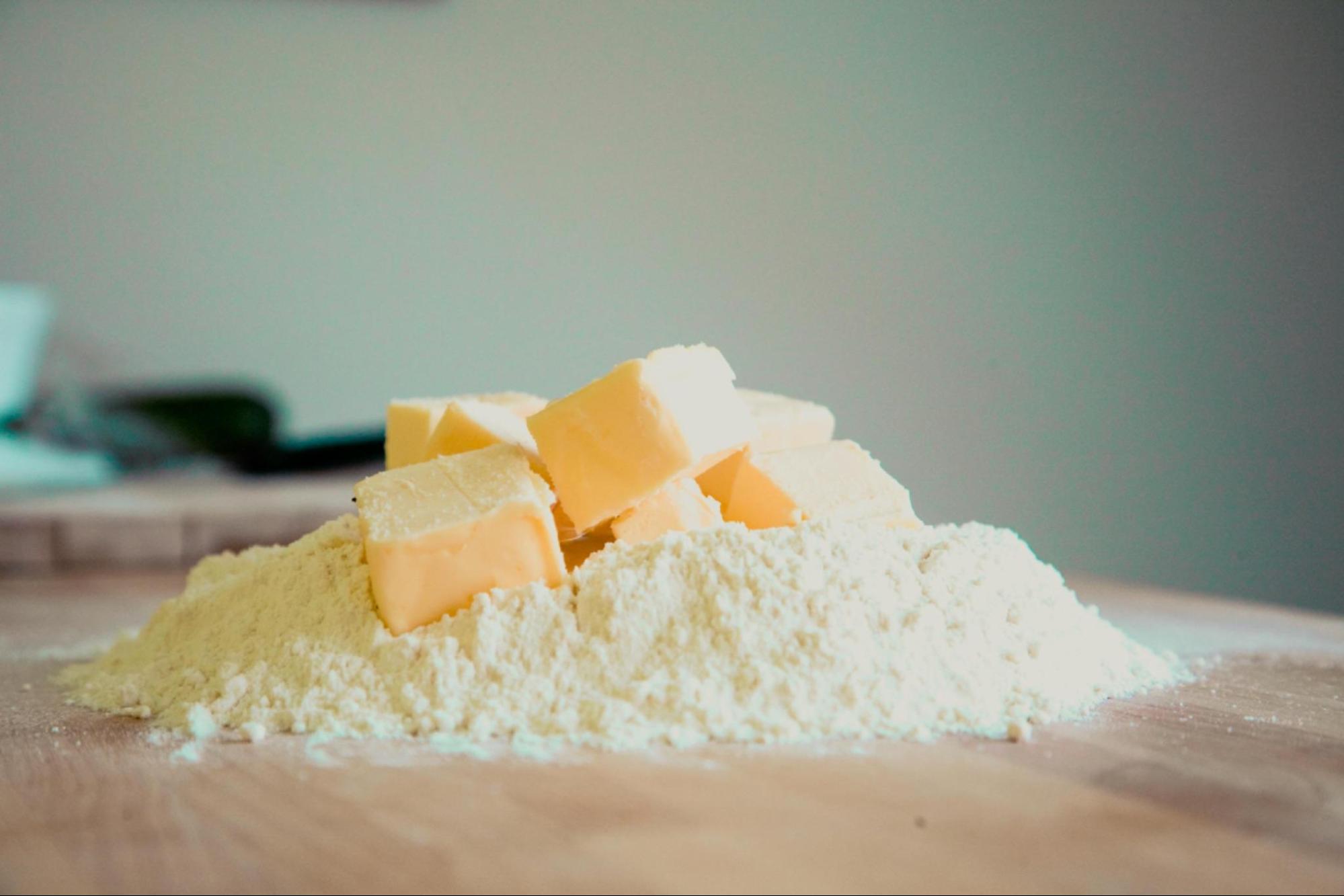Is it your first time receiving an order for a cake delivery in Singapore, but your cake didn't turn out as expected? The key lies in the quality of your ingredients.
Baking is often perceived as a delicate art form, where even the slightest variation in ingredients or techniques can lead to vastly different outcomes. However, at its core, baking is a science. And understanding the role of baking supplies can make a world of difference in honing your craft.
By getting to grips with the science behind baking, you can boost your skills, gain confidence, and even get a bit more creative in the kitchen.
Flour: The Foundation
Flour is the backbone of any cake. It provides the structure that holds everything together. Different types of flour contain varying amounts of protein, which affects the cake’s texture.
- All-purpose flour is commonly used in baking. It has moderate protein content, making it suitable for a wide range of cakes.
- Cake flour, with its lower protein content, yields a tender, delicate crumb, perfect for light and fluffy cakes.
- Self-raising flour includes baking powder, which simplifies recipes but requires precise measurements to avoid over-leavening.
The protein in flour forms gluten when mixed with liquid. Gluten development is crucial for the cake’s structure but must be balanced to avoid toughness. Knowing which flour to use and how it interacts with other ingredients is fundamental in perfecting personalised cakes.
Eggs: Structure and Leavening
Eggs are a primary ingredient in baking. It serves multiple functions that contribute to a cake's overall texture and stability.
First and foremost, eggs provide structure. The proteins in eggs coagulate as they cook, helping to set the cake's structure and maintain its shape. This protein network holds the cake together, preventing it from collapsing.
In addition to providing structure, eggs also aid in aeration. When eggs are beaten, they trap air, creating a foam that can expand when heated. This trapped air helps to lighten the batter, resulting in a fluffier and more tender cake. Egg whites, in particular, are excellent for this purpose. When whipped, they can incorporate a significant amount of air, which expands during baking.
Eggs also act as emulsifiers. The lecithin in egg yolks helps to blend fats and liquids together, creating a smooth and even batter. This emulsification process ensures that the fat is evenly distributed throughout the batter, contributing to a uniform texture and preventing ingredients from separating.
For bakers in Singapore, understanding the role of eggs allows you to see how they influence the final outcome of your cakes or cupcakes.
Fats: Flavour and Moisture

Fats add richness, flavour, and moisture to cakes, playing a crucial role in their mouthfeel and shelf life. They contribute to a tender, velvety texture that enhances the overall eating experience.
There are different types of fat used in baking:
- Butter is prized for its flavour and ability to create a tender crumb. When creamed with sugar, it helps incorporate air into the batter, which aids leavening. But you can’t just pick any butter out there; selecting the best butter for baking in Singapore will go a long way in achieving your desired results. Whether it’s for a birthday or Christmas, butter is an essential ingredient in baking unforgettable cakes for any celebration.
- Oil contributes to a moist, soft texture and stays liquid at room temperature, which can prolong the cake’s freshness. It’s often used in recipes where tenderness is crucial.
- Shortening provides a stable, consistent texture and is often used in professional baking for its reliability, though it lacks the flavour of butter.
Leaveners: Rise and Texture
Leaveners are crucial for achieving the desired rise and texture in cakes. They create gas bubbles that expand during baking, causing the batter to rise. There are two main types of leaveners:
- Chemical Leaveners: Baking soda and baking powder are essential leavening agents for most bakers. Baking soda requires an acidic ingredient to be activated. Now, what does baking powder do? Baking powder is more straightforward; it only needs moisture and heat to work. These two agents are reliable and consistent, making them staples in most cake recipes.
- Natural Leaveners: Yeast, air, and steam can work wonders too. Yeast isn’t used as much in cakes, but it can give a unique texture. Whipping egg whites or using steam during baking are natural ways to add air and help your cakes rise.
Each leavener affects the texture and rise differently. Chemical leaveners provide a controlled rise, while natural leaveners can add unique textures and flavours. Understanding their roles allows you to gain precise control over the final product.
Don’t be afraid to experiment!
Understanding the science behind baking not only enhances your skills but also deepens your appreciation for the craft. Remember, baking is a journey of continuous learning, so don’t be afraid to experiment with ingredients and techniques.
If you’re seeking ideas or inspiration for mini bites in Singapore or need to place a corporate cake order, our experts at Afters Bakery are here to help. Feel free to reach out to us via WhatsApp at +65 8742 3895.

